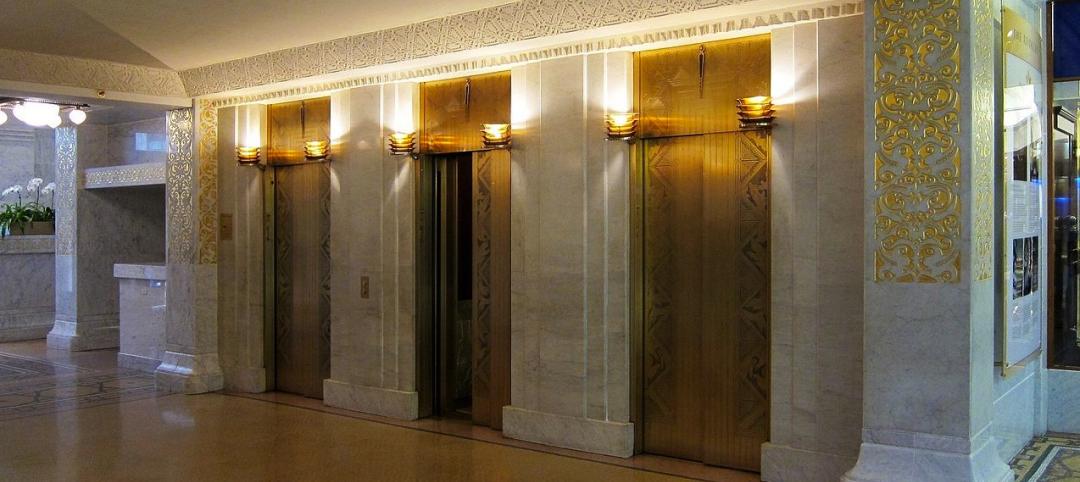The restroom fixture manufacturer Bradley released its 2016 Healthy Hand Washing Survey, which gives some insight into bathroom problems, usage, and possible improvements.
The results come from a national online survey of 1,062 American adults split nearly evenly among men and women. They were asked about their hand washing habits in public restrooms and concerns about germs and sanitation.
Bradley identified 10 trends in public bathrooms:
- Respondents use their cell phones in restroom stalls, using their devices to text, surf the web, and check social media and email. Eight percent of men say they’ve checked their fantasy sports league while in a stall.
- People try to avoid touching surfaces like door handles, stall doors, faucets, sinks, and soap and towel dispensers.
- People make an effort to dodge germs. They operate the toilet flusher with their foot, use a paper towel when touching the restroom door and faucet handles, and open and close doors with their hip.
- The most frustrating restroom situation is empty or jammed toilet paper dispensers. People also dislike partition doors that don’t latch, empty or jammed towel or soap dispensers, and bathrooms that appear dirty.
- Respondents judge businesses based on a restroom’s cleanliness. Most say that a messy restroom indicates poor management and a lack of concern about appearance or customer satisfaction.
- Nearly 70% say they have had an unpleasant experience because of the conditions in a public restroom. The figure is up from 51% in 2012.
- People aren’t as fond of their workplace restrooms anymore. Only half now describe the restrooms at their workplace as excellent or very good, compared to 66% in 2012.
- Almost 80% say they frequently or occasionally see others leave a public restroom without washing their hands. Twenty percent of men disclosed they skip washing because they didn’t feel the need.
- Of those who say they don’t wash their hands, most attribute that to a lack of resources like soap or paper towels, or dirty or broken sinks.
- People would like to see public bathrooms add touchless fixtures and paper towels (even if there are dryers). More frequent cleanings are also a suggestion.
Related Stories
Contractors | Sep 19, 2017
Commercial Construction Index finds high optimism in U.S. commercial construction industry
Hurricane recovery efforts expected to heighten concerns about labor scarcities in the south, where two-thirds of contractors already face worker shortages.
Multifamily Housing | Sep 15, 2017
Hurricane Harvey damaged fewer apartments in greater Houston than estimated
As of Sept. 14, 166 properties reported damage to 8,956 units, about 1.4% of the total supply of apartments, according to ApartmentData.com.
High-rise Construction | Sep 8, 2017
CTBUH determines fastest elevators and longest runs in the world in new TBIN Study
When it comes to the tallest skyscrapers in the world, the vertical commute in the building becomes just as important as the horizontal commute through the city.
Multifamily Housing | Sep 5, 2017
Free WiFi, meeting rooms most popular business services amenities in multifamily developments
Complimentary, building-wide WiFi is more or less a given for marketing purposes in the multifamily arena.
Market Data | Sep 5, 2017
Nonresidential construction declines again, public and private sector down in July
Weakness in spending was widespread.
Market Data | Aug 29, 2017
Hidden opportunities emerge from construction industry challenges
JLL’s latest construction report shows stability ahead with tech and innovation leading the way.
Architects | Aug 21, 2017
AIA: Architectural salaries exceed gains in the broader economy
AIA’s latest compensation report finds average compensation for staff positions up 2.8% from early 2015.
Market Data | Aug 17, 2017
Marcum Commercial Construction Index reports second quarter spending increase in commercial and office construction
Spending in all 12 of the remaining nonresidential construction subsectors retreated on both an annualized and monthly basis.
Industry Research | Aug 11, 2017
NCARB releases latest data on architectural education, licensure, and diversity
On average, becoming an architect takes 12.5 years—from the time a student enrolls in school to the moment they receive a license.
Market Data | Aug 4, 2017
U.S. grand total construction starts growth projection revised slightly downward
ConstructConnect’s quarterly report shows courthouses and sports stadiums to end 2017 with a flourish.

















